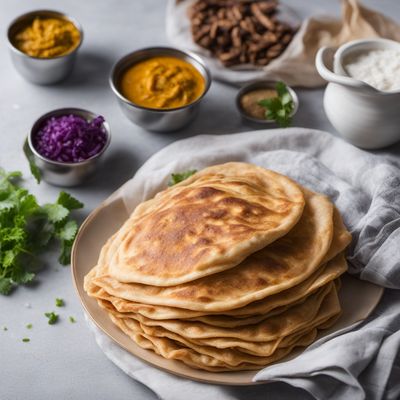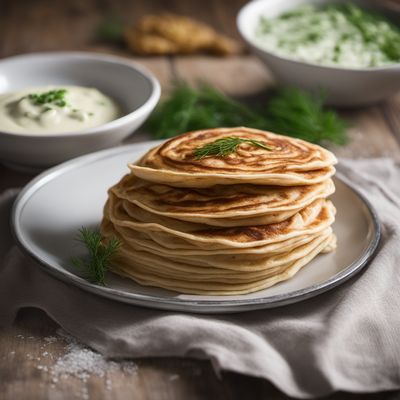
Dish
Parotta
Parotta is made by mixing flour, salt, and water to form a dough. The dough is then kneaded until it is smooth and elastic, and it is then rolled out into thin circles. The circles are then folded and rolled again to create layers, and the bread is cooked on a griddle until it is golden brown. This bread is high in carbohydrates and is a good source of energy.
Origins and history
Parotta has been a popular dish in India for centuries. It is believed to have originated in the southern state of Kerala, and it has since become a beloved dish throughout the country. Today, parotta is often served at traditional Indian celebrations and festivals.
Dietary considerations
Parotta is not suitable for those who are on a low-carbohydrate or low-calorie diet. It is also not suitable for those who are gluten-free, as it contains wheat flour.
Variations
There are many variations of parotta throughout India. Some recipes call for the addition of spices or herbs to the dough, while others use different types of flour or oils. Some regions also serve parotta with a sweet filling, such as coconut or jaggery.
Presentation and garnishing
Parotta is typically served on a plate or platter, and it is often garnished with fresh herbs or a sprinkle of ghee. The bread can be torn into pieces for serving.
Tips & Tricks
To make parotta, be sure to knead the dough until it is smooth and elastic. It is also important to roll the dough out thinly and to fold it tightly to create layers.
Side-dishes
Parotta is often served with a side of curry or chutney, which helps to balance out the flavors of the bread.
Drink pairings
Parotta pairs well with a variety of drinks, including tea, coffee, and lassi.
Delicious Parotta recipes
More dishes from this category... Browse all »
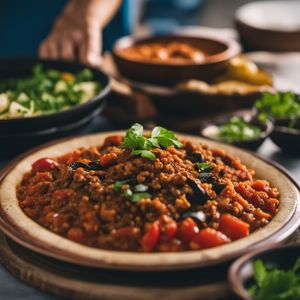
Abud
Arab cuisine
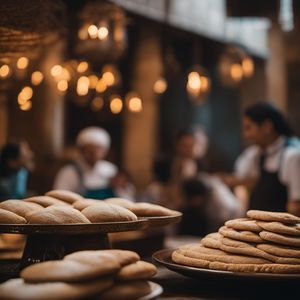
Aish baladi
Egyptian cuisine
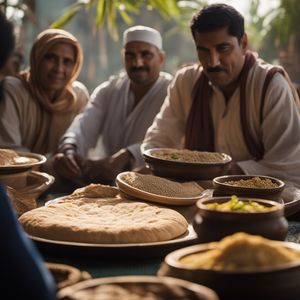
Aish merahrah
Egyptian cuisine
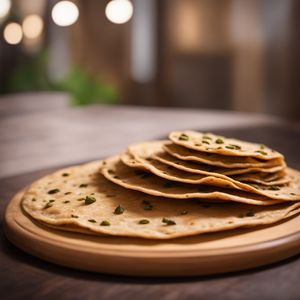
Ajwain paratha
Indian cuisine
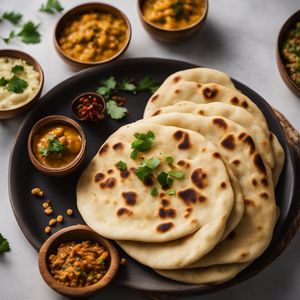
Aloo naan
Indian cuisine

Amdo balep
Tibetan cuisine
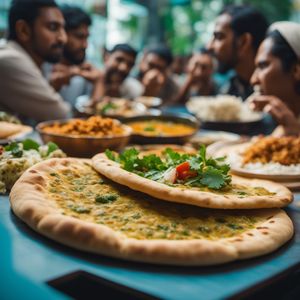
Amritsari kulcha
Indian cuisine
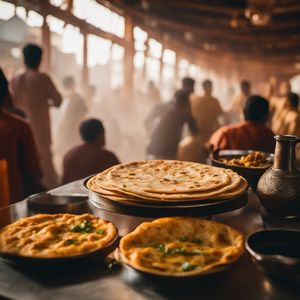
Anda paratha
Indian cuisine
More cuisines from this region...
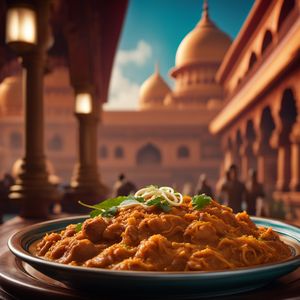
East Indian cuisine
Spicy and tangy flavors, Uses a lot of herbs and spices (mustard seeds, cumin, coriander), Uses a lot of fish and seafood which give it a unique flavor
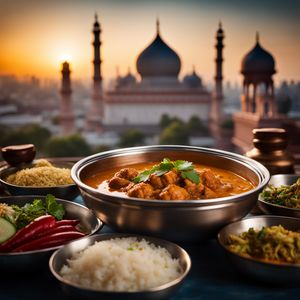
North East Indian cuisine
Spicy, Tangy, Flavorful, Unique
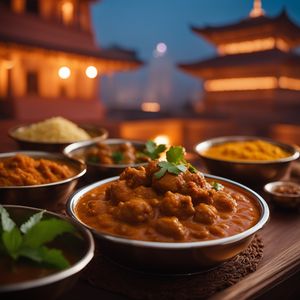
North Indian cuisine
Spicy, Tangy, Aromatic, Sweet, Uses a lot of oil and ghee
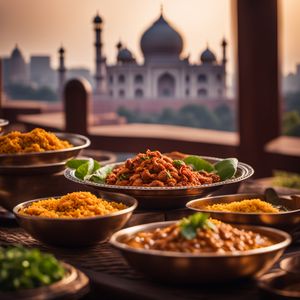
Other Indian cuisine
Spicy, Tangy, Sweet, Sour, Pungent
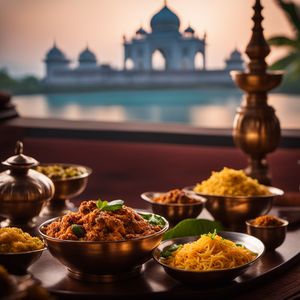
South Indian cuisine
Spicy, Tangy, Sweet, Savory, Aromatic
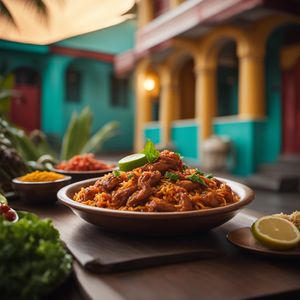
West Indian cuisine
Spicy, Bold, Tangy, Sweet, Savory
